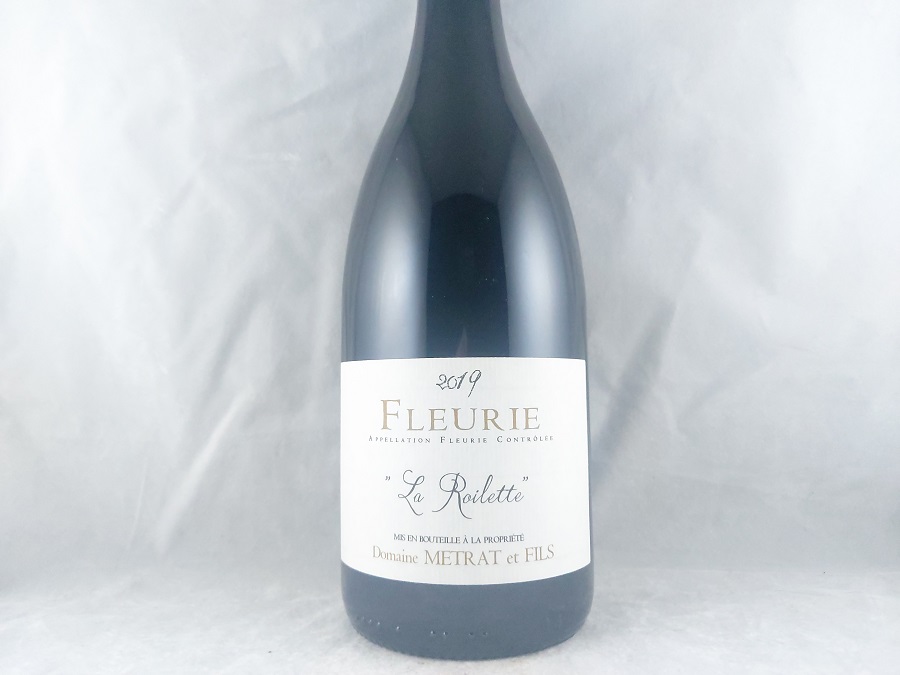
Why Sicilian wine is becoming our thing too.
[button link=”https://thewinedepository.com.au/wine-shop/?filter_region=sicily-2″ bg_color=”#cc1212″]Browse Sicilian Wine[/button]
Cosa Nostra: “Our Thing”. Certainly Sicilian Wine is perfect for Australian palates too.
The largest island in the Mediterranean Sea is bound to be full of large personalities.
Consequently that translates into the wines too. For one, they grow grapes on an active volcano. And like the tempers of some of the residents, the volcano erupts at regular intervals. But that doesn’t stop the wine from flowing or from being awesome.
And like you would expect, they tend to do things their own way. Sure they have the international varieties planted. I can only assume to appease tourists more than the locals. But their true worth is in the native grapes. Catarratto, Carricante, Inzolia, Grillo, Grecanico (ok this is actually Garganega of Soave), Zibbibo (Muscat of Alexandria) in the whites and Nero d’Avola, Nerello Mascalese, Nerello Cappuccio, Perricone, in the reds. Oh, let’s chat about Marsala (real stuff, not the ubiquitous but undrinkable Boronia you are thinking about right now) a bit later.
What about the quality? My first example didn’t wow me. But later dips into the water with producers Graci and then Benanti made me a rolled gold believer. I feel that they do the mid range wines much better than the cheapies and the high level isn’t quite there for me. But if a region excels at mid priced wines then you are the winner right?
Wine places.
Mt Etna – is just a wonderfully unlikely sounding spot. Situated on the volcano and all. But it means that it has the most mineral laden soils of all vineyard areas on earth. When tasting Benanti’s white I originally wrote Montrachet like in the notes. Subsequently thought I might be overstating my case. But then further tastings have proven me correct. But you can decided that for yourself.
Marsala – No look, stop tittering. There is wonderful Marsala FOR DRINKING. Like fellow fortifieds there are cheap and nasty examples. However there are some truly unique and amazing Marsala. Therefore you need to get stuck in.
The fame of Marsala wine is due mainly to the British, who had already traded in Port, Madeira and Sherry products. In 1773 they docked in Marsala where they tasted this “nectar”. They were completely mesmerised. By using similar production techniques to the other sweet wines, a new product appeared on the market. This was the beginning of Marsala’s global adventure.
Passito di Pantelleria – Sun dried Zibibbo grapes grown on the southern most offshore Island. Stunning wines, very concentrated and complex. Great for sipping after a meal.
Sicilia IGT – There are 23 DOC and 1 DOCG appellations in Sicily. But a lot of the wine I see and drink are IGT. This allows more flexibility in grapes, region and process. What it means is the results are more consistent. Most importantly is that the wine quality is of the highest level.
Native Varieties:
Whites
Grillo – Means ‘cricket’ in Italian and a natural offspring of Catarrato and Zibibbo. Grillo is famous for the production of Marsala. But is capable of making good dry white table wine. Its ability to withstand high temperatures makes it a natural choice to grow in Sicily and Puglia. It has high glycerin content which means great texture. Early picking sees a delicate style but late picking is perfect for an opulent expression. It is quite versatile as a grape.
Zibibbo – Muscat of Alexandria is its more commonly used name. One of the oldest varieties. And grows all over the world. Useful in production of table grapes and raisins, it is also made into wine in: Samos, Greece, Malaga, Spain, Pantelleria, Italy, Beaumes de Venice, France. It gets high sugar and acid which makes it a wonderful grape for sweet wines.
The wines Zibibbo make on the Island of Pantelleria are some of the best sweet wines in the world.
Grecanico – A wonderfully crazy variety that could only come from Italy. Known as Garganega it grows in the small region of Soave in Veneto. On Sicily it is called Grecanico. The wines are introspectively interesting rather than overt, its acidity and texture make it the world’s ultimate food matching variety.
Catarratto – Often blended with Carricante and Minella this grape makes a full-bodied, citrusy and textural white. Quality can be outstanding.
Carricante – Is the main white on Mt Etna and for good reason. High acid, moderate aromatic intensity, citrus flavours and able to transmit the mineral character of the soils. Can be oak aged and lees stirred to add more complexity.
Reds
Nerello Mascalese and Nerello Cappuccio – The two grapes of Etna Rosso DOC. Mascalese has to be at least 80% of the blend with Cappuccio making up the balance. To my palate Mascalese is the Pinot Noir like elegance and perfume of the blend while Cappuccio is the Merlot richness and roundness. Together they form a mighty combination.
Nero d’Avola – Sicily’s boldest red grape. It is capable of getting very ripe, is very charming but can lack acidity. It is often blended with other varieties to balance out its exuberance.
What to do next?
[button link=”https://thewinedepository.com.au/wine-shop/?filter_region=sicily-2″ bg_color=”#cc1212″]Buy Sicilian Wine[/button]
They are charming, engaging and unique. Here is all the Sicilian wine we stock at the moment. The selection is always evolving but they are all good wines if you follow that link.



